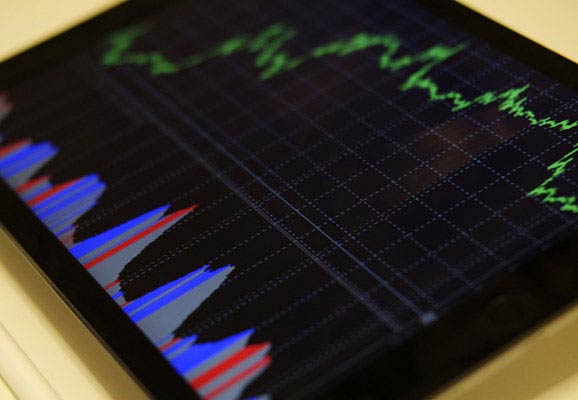Tools for Measuring Civil Society’s Enabling Environment
Global Trends in NGO Law, Volume 5, Issue 1 (August 2014)
Since at least the 1970s, civil society researchers have sought to devise the means to measure various aspects of civil society’s strength, viability, and impact. A number of government, multilateral, and civil society organizations developed a variety of indexes, assessment guides, monitoring frameworks, and other measurement tools that, at least in part, address civil society related issues.
Some directly focus on civil society and the environments in which it operates, including related topics such as philanthropy, charity and volunteerism. Examples include the Comparative Nonprofit Sector Project, created in 1991 by the Johns Hopkins University Center for Civil Society Studies, CIVICUS’s Civil Society Index (CSI), the World Bank’s ARVIN Assessment Framework, and the Charities Aid Foundation’s World Giving Index. Others more broadly focus on the strength of democracy, individual freedoms, or aspects of good governance, all of which may affect the overall health of civil society. Freedom House’s annual Freedom in the World and Nations in Transit Reports, Transparency International’s Corruption Perceptions Index, Global Integrity’s Global Integrity Report, and so on.
In this issue of Global Trends we examine a sample of eight assessment tools that seek to measure the state of the enabling environment for civil society in different regions and states around the world. We first provide an introduction to the eight tools, examining their objectives, methodologies, and outputs. We then compare their key dimensions and indicators and sources of data, and conclude with a consideration of the geographic reach and frequency of publication of each tool.
Sign up for our newsletters
Sign up
